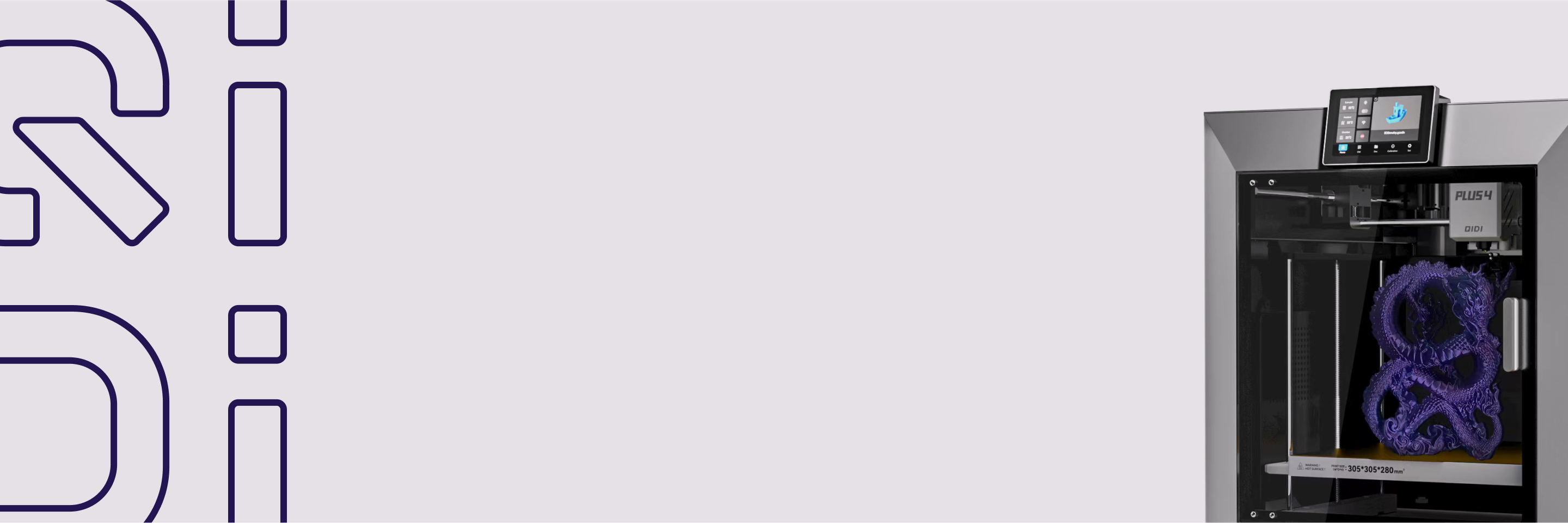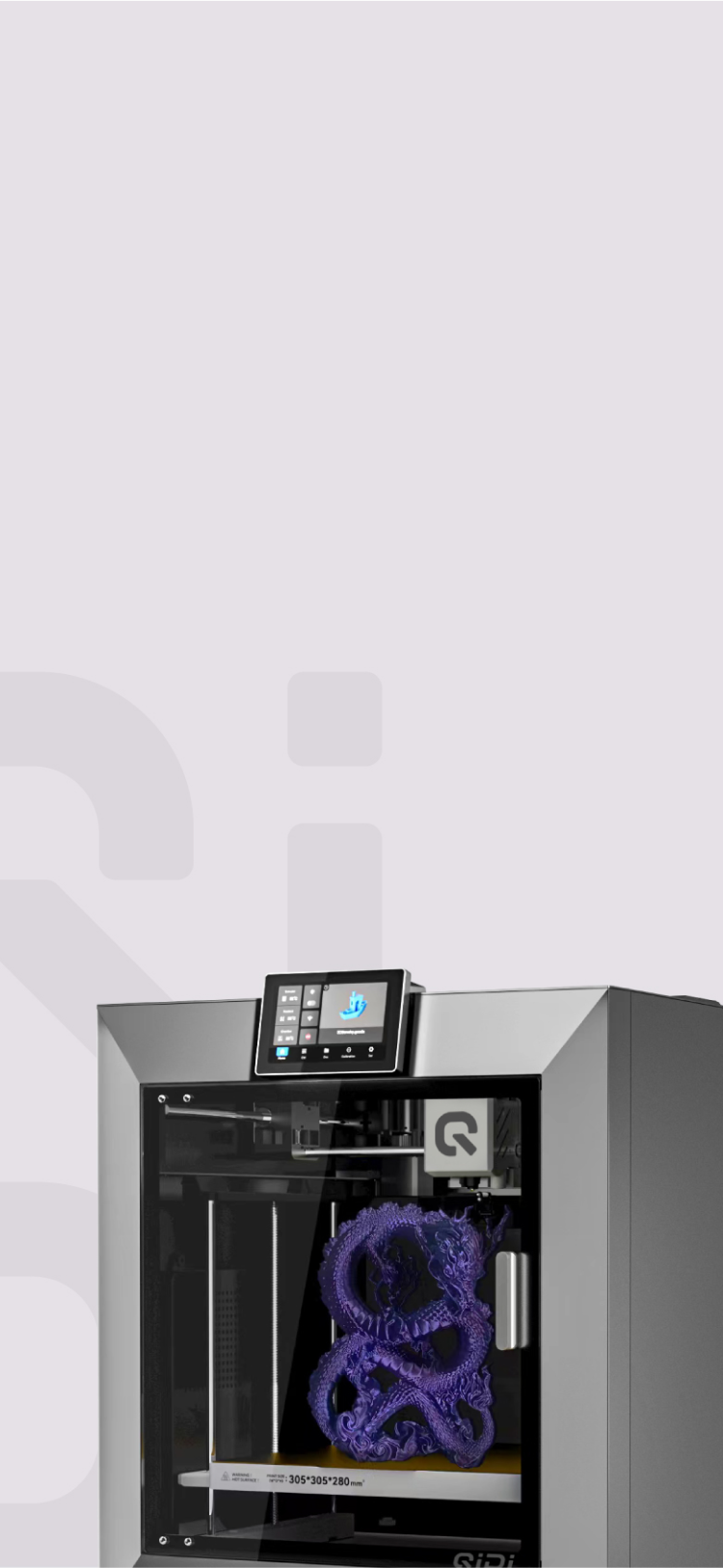Best 3D Printer Filament for Detail in 2026: Picks & Tips


Fine detail is hard on FDM. Small letters blur, edges soften, and textures fade when material behavior and machine settings fight the geometry. This article gives you a clear way forward. You will learn which filaments keep sharp features, how they differ in practice, where resin still wins, and how to tune for repeatable results on a 3D printer without wasting time or filament.
What Makes a Filament Suitable for High-Detail Prints?
High detail depends on what happens during the short path from molten line to solid layer. Three forces decide the outcome: shrinkage, flow, and cooling. Low shrinkage preserves corners and tiny walls as the part sets. A stable flow window lets the nozzle stop and turn without smearing. Cooling that matches the polymer freezes edges at the right moment.
Additives change behavior. Fine matte pigments can hide banding and make ridges less visible. Coarse particles and large flakes can smear micro features because they interrupt the line. Reinforcing fibers reduce overall shrinkage, which helps dimensions, but they raise nozzle wear and can block very small orifices.
Moisture is a common spoiler. Water flashes into steam at the nozzle and leaves pits that erase texture. Nylon and many carbon blends need pre-drying, and often in print drying. Store open spools in sealed containers with desiccant, and dry again before long jobs.
Hardware and setup set the ceiling. A smaller nozzle can draw thinner strokes, yet benefits appear only when speed, temperature, and flow are under control. Use firm, well-aimed part cooling for PLA. Keep ABS and nylon warm in an enclosure to protect layer bonding. Slow outer walls on small features to reduce ringing. When these basics are in place, the choice of 3D printer filament becomes the lever that makes the largest difference.
Top Filament Choices for Fine Detail
You will see the strengths and limits of the most common options. This section maps filament families to real outcomes so you can choose faster.
PLA
PLA is the easiest path to crisp edges. It shrinks very little as it cools, which protects corners and micro text. The melt behaves predictably at moderate temperatures, and firm part cooling locks geometry before it sags. Miniatures, embossed logos, and aesthetic shells often look their best in this material.
Two limits deserve attention. Heat resistance is modest, so finely detailed parts should not live in hot cars or near heat sources. Specialty colors with large flakes or high gloss can hide tiny ridges and letters. For clean detail, choose standard matte or satin colors. For a PLA filament 3D printer tuned for accuracy, set layer height near one quarter to one half of the nozzle diameter, keep outer walls calm, and verify flow with a single wall test cube so walls measure as expected.

ABS
ABS can hold fine features when the environment is stable. An enclosure and warm air around the part, curb warping, and layer splits. In those conditions, dimensions stay true, and small features survive. ABS also accepts surface finishing that reduces visible banding, which improves readability for small text.
Plan on more tuning than PLA. Cooling should be gentle to protect layer bonding. Reduce outer wall speeds to control corner rounding and ringing. Use brims and a suitable build surface to secure the base. The reward is sharper detail on covers, fixtures, and parts that face higher temperatures during service.
PETG
PETG balances toughness with respectable detail. Strong layer bonding helps thin walls and snap features. The common pain points are stringing and corner bulges on small geometry. Both respond to targeted tuning. Lower the nozzle temperature within the accepted range, add modest part cooling, and refine retraction and coasting so the line ends cleanly at corners. A minimum layer time prevents heat buildup on tiny layers.
PETG works well for translucent lenses, guards, and small fixtures that may take a hit. It will not match PLA on the sharpest text at every scale, yet careful tuning narrows the gap for many models.

Nylon
Nylon delivers strength, fatigue life, and clean functional geometry once moisture is controlled. Drying is essential. Even a short exposure to humid air can cause pitting, frosted lines, and fuzzy surfaces that hide detail. Dry before printing, keep the filament path sealed, and print in a warm enclosure. Keep part cooling low and speeds conservative.
When dry and stable, nylon produces accurate holes, threads, and snap fits. Design with consistent wall thickness and small fillets to manage shrink forces. Brims and adhesion promoters help large bases stay flat. If you plan parts that must work in the field and also display clean features, a nylon 3D printer filament is a reliable choice, provided it stays dry.
Carbon Fiber Reinforced
Short fiber reinforcement raises stiffness and reduces shrinkage, which protects sharp geometry. The surface often turns matte, so letters and textures stand out. These blends appear in PLA, PETG, and nylon families. For jigs, brackets, and fixtures that must read clearly and resist flex, many users prefer a strong 3D printing filament from this group.
Two rules apply. Use a hardened or wear-resistant nozzle because fibers are abrasive. Avoid extremely small nozzles on certain blends because some formulations do not flow well through tiny openings. A wear-resistant nozzle around 0.4 to 0.6 millimeters is a safe starting point. Dry nylon-based blends during printing for the cleanest edges.
PLA vs Resin: Which Is Better for High Precision Models?
This comparison matters when projects include miniatures, jewelry patterns, dental models, and small display parts. The two processes excel under different conditions.
SLA and DLP cure liquid resin in thin layers aligned to small pixels. Tiny textures and micro text appear very clean at small scales. Every project includes washing and post-curing, and safety during those steps needs attention. Some resins are brittle in service, though tougher formulations are available for specific needs.
FDM melts and deposits solid filament. The nozzle diameter sets stroke width, so a 0.25 millimeter nozzle can render thin lines and a 0.4 millimeter nozzle can still produce crisp edges with careful tuning. FDM supports a wide range of functional materials and allows drilling, tapping, and assembly without special handling. Many teams mix methods in one model by printing outer shells in PLA and structural frames in nylon or a carbon blend. That strategy captures fine surfaces while delivering strength where it counts on a 3D printer.
Tips for Achieving Better Print Details with FDM Filaments
Use these five fixes. Change one variable at a time and verify with a small test part.
- Nozzle and layer height: Choose a nozzle that matches the smallest line you need. Keep layer height at roughly 25 to 50 percent of the nozzle diameter. Tune first-layer Z so it bonds without crushing fine features.
- Temperature and flow: Run a short temperature tower and pick the lowest step that keeps corners clean and layers bonded. Calibrate flow with a single wall cube so that the measured wall thickness matches the expected line width.
- Speed and cooling: Slow outer walls to 15 to 30 millimeters per second and set a minimum layer time of 8 to 12 seconds. Aim for strong, directed cooling for PLA. Use light airflow for PETG. Keep ABS and nylon warm in an enclosure with a minimal fan.
- Retraction and travel: Increase retraction in small steps to cut strings. Add a short coast or wipe so the line ends cleanly at corners. Shorten travel paths across gaps.
- Dry filament and mechanics: Dry nylon and fiber-filled blends before and during printing. Store spools sealed with desiccant. Check belt tension, pulleys, and rails. Enable pressure advance and input shaping after mechanics are correct.
This checklist is compact on purpose. It focuses on changes that consistently sharpen text, raise corner quality, and reduce artifacts across common filaments used in filament 3D printing.
Quick Selector Table
Match your project needs to the profiles below. The table summarizes how each material behaves when features are small and geometry must stay true on a 3D printer.
| Material | Detail fidelity | Dimensional stability | Strength and toughness | Difficulty | Drying need | Recommended nozzle | Common use cases |
| PLA | Very good for small text and sharp edges | Good due to low shrinkage | Modest strength and heat resistance | Easy | Low | 0.25 to 0.4 mm | Miniatures, models, decorative parts |
| ABS | Good with enclosure and warm chamber | Good when temperature is stable | Better heat resistance than PLA | Medium | Low | 0.3 to 0.4 mm | Enclosures, covers, parts near heat |
| PETG | Fair to good with tuning | Fair, corners can round if too hot | Tough with strong layer bonding | Medium | Low | 0.3 to 0.4 mm | Fixtures, translucent parts, clips |
| Nylon | Good when dry and enclosed | Good after drying, watch warping | High toughness and fatigue life | Higher | High | 0.3 to 0.4 mm | Hinges, snap fits, functional parts |
| Carbon Fiber Reinforced | Very good thanks to stiffness and matte surface | Very good with reduced shrinkage | High stiffness, strength varies by base | Medium | Medium to high for nylon base | 0.4 to 0.6 mm hardened | Jigs, brackets, parts with fine text |
Choose Smarter, Print Sharper Today
A sharp result starts with the right match between polymer behavior and settings. For clean edges and fast wins, pick PLA and keep temps and cooling steady. For heat and easy finishing, use ABS in a stable enclosure. Need toughness and some clarity? Tune PETG and control stringing. For fixtures that stay true, run dry nylon or a carbon blend with a wear-resistant nozzle. After you choose, keep spools dry, slow outer walls, and match cooling to the material. Do that, and small logos, textures, and fine text will pop straight off the plate.
5 FAQs about FDM Print Detail
Q1: What is the minimum feature size I should design for FDM detail?
Plan positive features at least 1.2× your line width; with a 0.4 mm nozzle, target 0.5–0.6 mm strokes. Embossed/debossed text works best at ≥6–8 pt, 0.3–0.4 mm depth, and aligned with print orientation.
Q2: How tight should filament diameter tolerance be for crisp detail?
Aim for ±0.02 mm tolerance; ±0.03 mm is acceptable. Wider variation causes periodic over- and under-extrusion that blurs corners and micro text. Spot-check with calipers around the spool and rotate the filament during measurement to average ovality.
Q3: Which nozzle material helps with detailed prints with abrasive filaments?
Use hardened steel, coated steel, or tungsten-carbide for carbon- or glass-filled filaments. These resist wear that fattens lines over time. Because they conduct heat less than brass, increase nozzle temperature by roughly 5–10 °C and retune flow for clean edges.
Q4: What humidity targets and drying schedules should I use?
Keep nylon and CF-nylon under 20% RH; PETG and ABS under 30–40% RH; PLA under 40% RH. Typical drying: nylon 70–80 °C for 4–6 hours; PETG 60–65 °C for 3–4 hours; PLA 45–50 °C for 2–3 hours. Store spools sealed with desiccant.
Q5: How do I correct small holes and press-fits that print undersized?
Measure the error on a calibration coupon, then apply XY (horizontal) compensation in the slicer, usually −0.02 to −0.05 mm for tight fits. For critical bores, design slightly oversize, print a test ring, and iterate until gauges or pins seat properly.


 Q2
Q2
 QIDI Box
QIDI Box
 Plus 4
Plus 4
 Q1 Pro
Q1 Pro
 X-Max 3
X-Max 3

